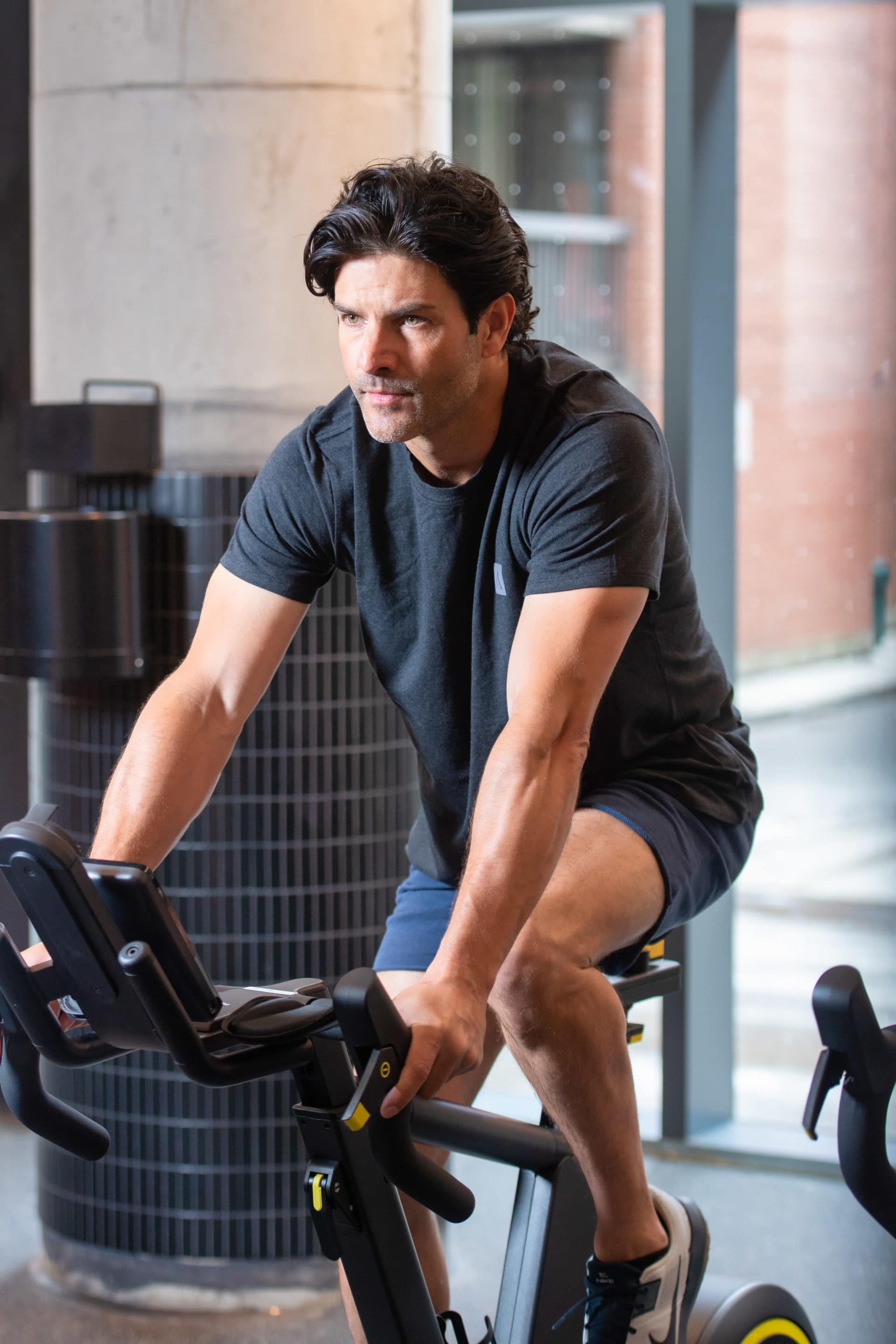We know elite cyclists use altitude training to get a fitness boost before racing in the Tour de France. And we’ve heard that olympic runners will head to high altitude camps in places like Flagstaff or St. Moritz to get that extra lung for events at sea-level.
But what if you’re not headed to Le Portet d’Aspin (a famous Tour de France climb) or the upcoming summer Olympics? What if you’re not a professional cyclist or runner or athlete? What if you consider yourself a ‘normal person’ whose goal is to simply get stronger, maintain a healthy body fat % and feel good in your body. And do so without having to invest a huge amount of time and energy, which is already being divided amongst so many other things in your life.
We tend to diminish a goal like this, as if it’s embarrassing that we’re not headed to the Olympics and we’re ‘just exercising to look and feel good’ instead. But this is actually an extremely important goal. Maintaining the healthiest version of your body is one of the most important things you can do for yourself physically and mentally.
Just like altitude training can help elite cyclists and runners get an edge in their competitions, it can also help you increase muscle mass, lose body fat and improve overall health. Here’s how:
How can altitude training help me increase my muscle mass?
Research shows that intermittent hypoxic training can result in greater gains in muscle mass compared to similar training performed at sea-level. For example, resistance training done at altitude was shown to:
- Increase the metabolic stimulus for muscle growth
- Have a similar effect to BFR (Blood Flow Restriction) training, but without the discomfort and common problems associated with BFR
- Enhance metabolic efficiency in the muscle tissue, which enhances muscular endurance
The effects are increased with a specific transition time between exercises and rest between circuits combined with appropriate volume and muscular tension. Therefore, it’s important to work with a coach who understands strength training methods at altitude.
How can altitude training help me lose body fat?

How can altitude training impact health factors: metabolism, blood pressure and cholesterol?
There are also benefits that contribute to overall health and disease prevention. For example, IHT can increase your body’s capacity to use fat as fuel. If you’re struggling with a slow metabolism, this can help improve those symptoms. Also, there’s research showing that altitude can help reduce the risk of Type 2 Diabetes. And help with insulin resistance in overweight individuals.
For those looking to improve vascular health and slow down the progress of peripheral arterial disease (PAD), it’s been shown that training at altitude can help reduce arterial stiffness and improved blood pressure, as well as improving blood lipid profile such as having a positive effect on cholesterol.
So, if you’re looking to feel better and see greater improvements in body composition, altitude training can definitely help. For the fastest route to your goals, make sure you work with a coach and get access to a well-structured program that addresses your specific needs in exercise and nutrition. Learn more about personalized programming at Altitude through our Memberships.
